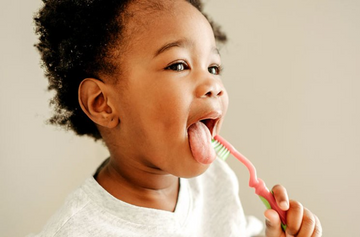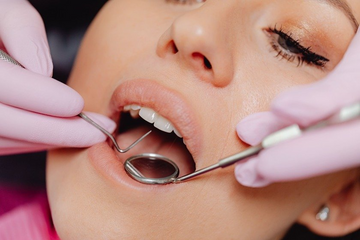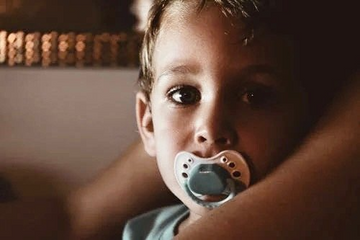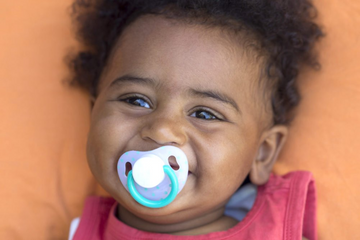What’s the most common chronic disease in children? Tooth decay.
This infectious disease is caused by bacteria in your child’s mouth. As the bacteria metabolize carbohydrates they produce acid that over time, destroys tooth enamel and causes cavities.
But according to pediatrician Isabelita Guadiz, MD, the good news is that you as a parent can help prevent this problem early on and throughout every age of childhood.
When does tooth decay start in children?
There are steps you can take as early as the infant stage to begin protecting your child from tooth decay.
Tooth decay is dependent on what goes into their mouth and how long it stays there. That’s why the best rule of thumb for newborns and infants is — don’t put your baby to bed with a bottle of milk or juice. Bacteria and sugars from both can rest too long in baby’s mouth through nap time or overnight which increases opportunity for decay.
At what age should you start brushing your kid’s teeth?
Researchers at the American Academy of Pediatrics (AAP) say using fluoride toothpaste as early as when teeth are first appearing is key to stopping cavities from forming. Fluoride is a mineral that occurs naturally in many foods and water and helps prevent decay by making teeth more resistant to acid attacks on tooth enamel.
They advise parents to use an extra-soft bristled brush with a tiny amount of fluoride toothpaste for babies as soon as those first two teeth pop in on the bottom.
Twice per day (especially before bedtime) parents should apply a dab of toothpaste the size of a grain of rice right onto the teeth, and brush gently if possible.
How to Brush and Use Fluoride by Age
At any age, parents are advised to help their kids brush their teeth for two minutes, twice a day. It’s a good habit that can be challenging for parents to help their children develop, but well-worth the effort down the road. Your child should also floss at least once per day.
Here’s a recap of expert tooth care advice for children of all ages.
-
Babies and toddlers again benefit when you use a small amount of fluorinated toothpaste the size of a grain of rice as teeth come in.
-
Children ages 3 through 5 should use a pea-sized amount of fluorinated toothpaste. Supervise them to prevent them from swallowing toothpaste. Dr. Guadiz doesn’t recommend giving them water to rinse with unless you’re confident they know how to rinse with it. Their natural instinct can be to simply drink the water rather than spit it out.
-
The age your child can actually swish it around then spit it out is also when you want to start rinsing with water.
-
Generally for all children under age 6 experts don’t recommend over-the-counter fluoride rinses. If your child swallows the rinse, they could ingest higher-than-recommended levels of fluoride. If your child still isn’t able to rinse and spit properly even at age 6, it’s best to wait until they’re a little older — age seven or eight.
-
For all infants and children, a fluoride varnish (more commonly known as a fluoride treatment) is also helpful at least once every six months, especially kids at higher risk for tooth decay because of the positioning of their teeth. When this concentrated topical fluoride is brushed on teeth, it sets on contact with saliva. Ask your pediatrician, primary care provider or pediatric dentist for this service.
Why Fluoride is Important for Kids’ Teeth
Following these recommendations is critical because early childhood tooth decay is the single greatest risk factor for cavities in your child’s permanent teeth.
Researchers found that as many as 59 percent of 12- to 19-year-olds have at least one documented cavity. But fluoride toothpaste reduces tooth decay in children by 15 to 30%, according to the Centers for Disease Control.
There are some risks of fluoride use, like fluorosis which can cause tooth discoloration. The majority of cases in the U.S. are mild and involve white streaks and opaque areas on the teeth. But the risk for developing fluorosis mostly passes by age 8.
“Help your children take care of their teeth early, and as they get older try to reinforce the importance of brushing after meals,“ Dr. Guadiz says. “These good habits will stay with them their throughout their lifetime — and be sure to visit their pediatrician and dentist each year.”







